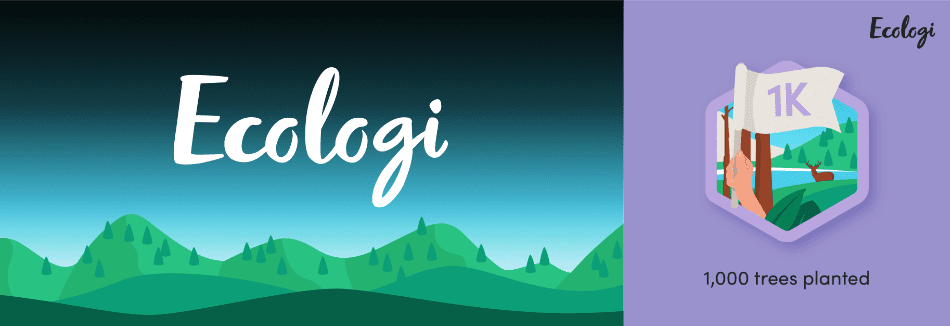It’s no secret that the internet consumes a huge amount of energy.
According to the KTH Royal Institute of Technology in Sweden, around 10% of the globe’s total electricity consumption is due to the internet. This could rise to 20% by 2025.
When you consider the billions of internet-connected devices around the world, and the vast data centres containing thousands of power-hungry servers that run the internet services we use every day, it is little wonder that the internet has a carbon footprint thought to be equivalent to that of the aviation industry.
When a problem is as large as climate change it can feel pretty overwhelming.
At Hotfoot we are always exploring ways in which we can reduce our overall carbon footprint and that of the websites we design and develop.
As energy is used every time a web page loads, it makes sense to think about how to reduce time spent browsing irrelevant content and how to load pages efficiently.
In practical terms, it means designing websites that are easily found when they match what people are looking for, featuring useful content, and easy ways to perform the tasks people want to accomplish.
All of this, of course, aligns perfectly with providing a better overall user experience. After all, who wants to spend hours wading through irrelevant bloat?
Another step is to ensure the code we write is clean and avoids unnecessary complications. Again, this fits with existing best practices for web development. Clean code ensures websites are easier to maintain and scale up as our clients’ businesses grow.
Significant work is also being done to reduce the carbon footprint of data centres, where the drive to greater energy efficiency comes not only from a commitment to sustainability but also a desire to cut huge electricity bills.
Over 75% of the energy used by the UK’s 450 commercial data centres is certified 100% renewable and this proportion is growing year on year.
Through our partnership with Ecologi, we also support Eden Reforestation Projects that restore forests on a massive scale, creating jobs, protecting ecosystems, and helping mitigate climate change.
As part of our commitment to offset our carbon emissions we have helped plant over 1,000 trees so far – and for every new website we build, we plant a copse of 48 new trees.










